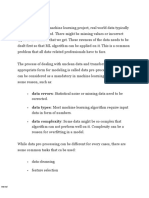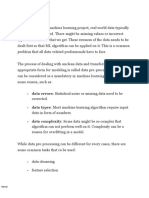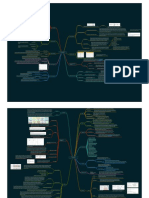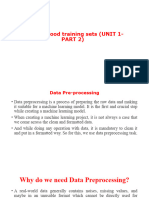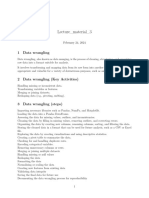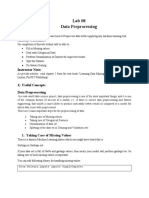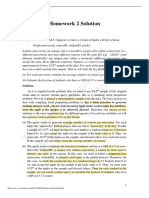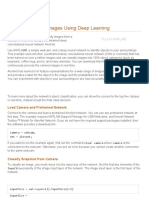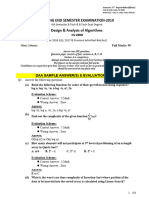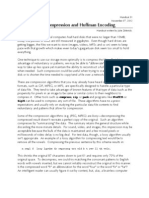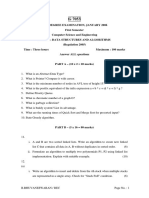0% found this document useful (0 votes)
46 views51 pagesMachine Learning Data Preprocessing
The document discusses the importance of data preprocessing in machine learning, highlighting techniques for handling missing values, encoding categorical data, and feature selection. Key methods include removing or imputing missing data, using one-hot encoding for nominal features, and applying L1 regularization for feature selection. The document also covers feature scaling and the use of algorithms like Sequential Backward Selection and Random Forests to assess feature importance.
Uploaded by
jocelynpratamahCopyright
© © All Rights Reserved
We take content rights seriously. If you suspect this is your content, claim it here.
Available Formats
Download as PDF, TXT or read online on Scribd
0% found this document useful (0 votes)
46 views51 pagesMachine Learning Data Preprocessing
The document discusses the importance of data preprocessing in machine learning, highlighting techniques for handling missing values, encoding categorical data, and feature selection. Key methods include removing or imputing missing data, using one-hot encoding for nominal features, and applying L1 regularization for feature selection. The document also covers feature scaling and the use of algorithms like Sequential Backward Selection and Random Forests to assess feature importance.
Uploaded by
jocelynpratamahCopyright
© © All Rights Reserved
We take content rights seriously. If you suspect this is your content, claim it here.
Available Formats
Download as PDF, TXT or read online on Scribd
/ 51















